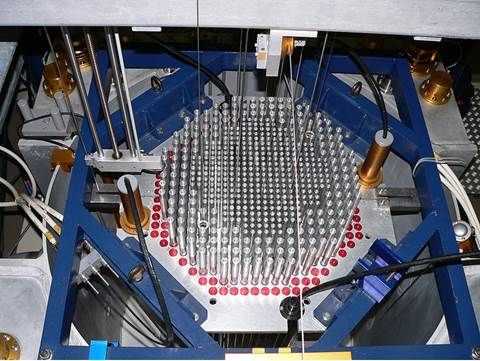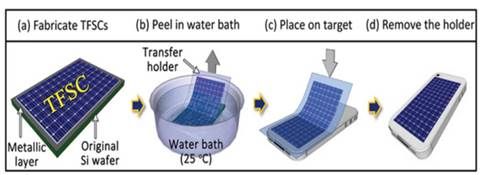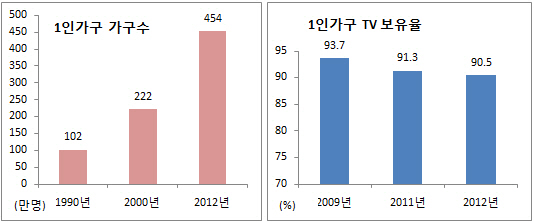[스크랩] Nissan surprises us all with smartwatch concept for Nismo cars (video)
Research-Old/Research-Tech 2013. 9. 14. 22:10By Mariella Moon posted Sep 8th, 2013
Nissan's no stranger to conjuring up ideas outside its wheelhouse, but we still didn't expect the company to join the smartwatch fray. The device, if and when ready for commercial release, won't be a staunch Galaxy Gear competitor, though -- it's being developed specifically for the Nismo motorsports line. Since it's meant for use by racers, it'll monitor and analyze a vehicle's performance, and, as a nice bonus, even a driver's heart rate and social media presence. To be able to do so, it connects via Bluetooth to a proprietary smartphone app. The Nissan Nismo Watch is far from gracing shelves, but the concept will be on display at the Frankfurt Motor Show this September. Those who can't make the long trek to Germany will have to make do watching the video after the jump.
Nissan Enters Wearable Technology Space with the Unveil of the Nismo Watch Concept
Nissan launches first smartwatch to connect car and driver performance
· First smartwatch concept to connect driver and car
· Nismo Watch showcases Nissan's intent to deliver biometric data that enhances driver performance and efficiency
· Nissan is investigating heart and brain monitoring technologies for future wearable tech
Rolle, Switzerland, 9th September, 2013 – Nissan will become the first car manufacturer to create a smartwatch designed specifically for drivers of Nissan Nismo cars. The Nissan Nismo Concept Watch will be the first smartwatch to connect a driver to the car and will provide drivers with real-time biometric data.
The watch, unveiled today ahead of its display at the Frankfurt Motor Show (10th – 22nd September 2013), is Nissan's first step into wearable technology and epitomises its 'fan first' approach to performance.
The Nissan Nismo Watch will allow drivers to:
− monitor the efficiency of their vehicle with average speed and fuel consumption readings;
− access vehicle telematics and performance data while on track;
− capture biometric data via a heart rate monitor;
− connect to the car using a smartphone app via Bluetooth Low Energy;
− receive tailored car messages from Nissan;
Gareth Dunsmore, Marketing Communications General Manager, Nissan in Europe, commented: "Wearable technology is fast becoming the next big thing and we want to take advantage of this innovative technology to make our Nismo Brand more accessible. On track, Nissan uses the latest biometric training technologies to improve the performance of our Nissan Nismo Athletes and it is this technology we want to bring to our fans to enhance their driving experience and Nismo ownership."
Earlier this year, Nissan launched the Nismo Lab – a bespoke, mobile laboratory that features the latest, advanced biometric training tools such as brainwave technology and JukeRide – a cutting-edge performance analysis tool, that captures live biometric and telematics data from the race cars and Nissan Nismo Athletes during races. Nismo's vision is to take these digital age technologies and make them available to athletes from other disciplines and to Nissan owners through future wearable tech. Three key technologies have already identified for future development:
− ECG (Electrocardiogram) – to measure the intervals of the R-R rhythm of the heart, and identify early fatigue;
− EEG (Electroencephalogram) Brainwave – to monitor the drivers' levels of concentration and emotions, and help athletes to get 'In The Zone';
− Skin Temperature – to record core body temperature and hydration levels;
The Nismo Watch will also track and rate the user's social performance across Facebook, Twitter, Pinterest and Instagram via Nissan's proprietary Social Speed software.
The sleek Nismo Watch will be available in three colours - black, white and the flagship black and red. The watch design was inspired by the Nismo ring and is reflected in a seamless, futuristic and ergonomic design. The simple user interface can be controlled by two buttons and is secured onto the driver's wrist via a simple snap-fit mechanism.
Even the packaging will have a unique n Nismo identity.
Dunsmore concluded: "We have brought the Nismo experience to life in every aspect of the watch, including its packaging, which will be made using tyres and rubber from the racetrack. As Nismo is the performance arm of Nissan, we wanted a way of integrating Nismo's heritage in racing into this futuristic innovation."
The Nismo Watch will use a lithium battery and will be charged by micro-USB, with a battery life of over seven days under normal usage conditions
출처: http://www.engadget.com/2013/09/08/nissan-nismo-smartwatch-concept/
'Research-Old > Research-Tech' 카테고리의 다른 글
| [스크랩] 프라이버시 문제를 해결할 수 있는 DRM (0) | 2013.10.18 |
|---|---|
| [스크랩] Is Your Business Future Proof? - Top 10 Tech Trends for 2013 (0) | 2013.10.01 |
| [스크랩] MIT가 주목한 6대 혁신 기술 (0) | 2013.08.27 |
| [스크랩] 커넥티드 홈의 증가와 새로운 문제들 (0) | 2013.08.22 |
| [스크랩] meta: The Most Advanced Augmented Reality Glasses (0) | 2013.08.12 |
























